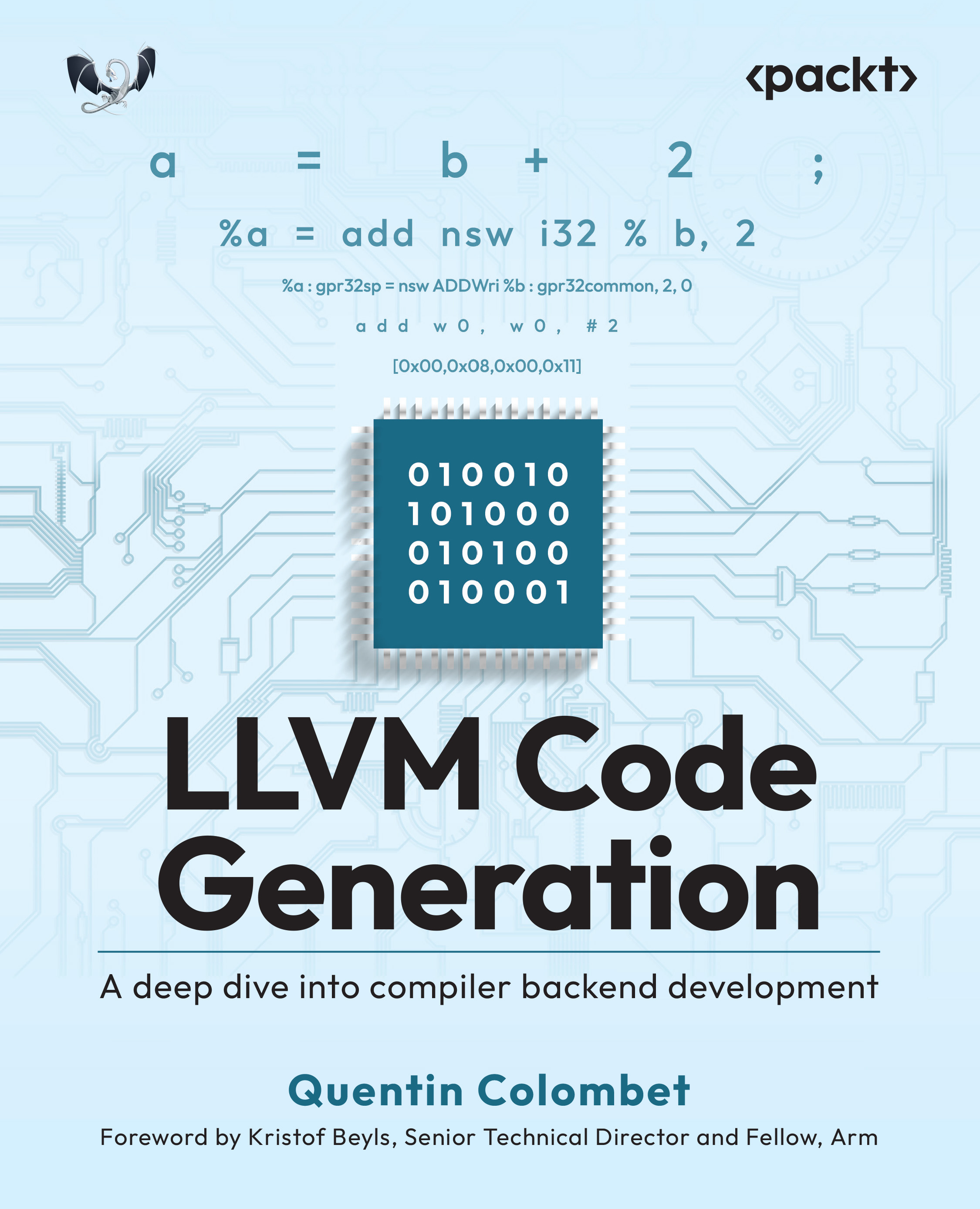Google has released a new color palette, which it has named Turbo to address some of the shortcomings of the current popular rainbow palette, Jet. These shortcomings, include false detail, banding, and color blindness ambiguity. According to the blog post, Turbo provides better data visualization depth perception. Their aim with Turbo is to provide a color map which is uniform and color blind-accessible, but also optimal for day to day tasks where the requirements are not as stringent.
The blog post specifies that Turbo is meant to be used in cases where perceptual uniformity is not critical, but one still wants a high contrast, smooth visualization of the underlying data.
Google Researchers created a simple interface to interactively adjust the sRGB curves using a 7-knot cubic spline while comparing the result on a selection of sample images as well as other well-known color maps. “This approach,” the blog post reads, “provides control while keeping the curve C2 continuous. The resulting color map is not “perceptually linear” in the quantitative sense, but it is more smooth than Jet, without introducing false detail.”
Comparison of Turbo with other color maps
Virdius and Inferno are two linear color maps that fix most issues of Jet and are generally recommended when false color is needed. However, some feel that it can be harsh on the eyes, which hampers visibility when used for extended periods. Turbo, on the other hand, mimics the lightness profile of Jet, going from low to high back down to low, without banding. Turbo’s lightness slope is generally double that of Viridis, allowing subtle changes to be more easily seen. “This is a valuable feature,” the researchers note, “since it greatly enhances detail when color can be used to disambiguate the low and high ends.”

Lightness plots generated by converting the sRGB values to CIECAM02-UCS and displaying the lightness value (J) in greyscale. The black line traces the lightness value from the low end of the color map (left) to the high end (right). Source: Google blog
The lightness plots show Viridis and Inferno plots to be linear and Jet’s plot to be erratic and peaky. Turbo’s had a similar asymmetric profile to Jet with the lows darker than the highs. Although the low-high-low curve increases detail, it comes at the cost of lightness ambiguity. This makes Turbo inappropriate for grayscale printing and for people with the rare case of achromatopsia (total color blindness).
In the case of semantic layers, compared to Jet, Turbo is much more smooth and has no “false layers” due to banding.
Turbo’s attention system prioritizes hue which makes it easy for Turbo to judge the differences in color than in lightness. Turbo’s color map can be used as a diverging colormap as well.
The researchers tested Turbo using a color blindness simulator and found that for all conditions except Achromatopsia, the map remains distinguishable and smooth.
Unlock access to the largest independent learning library in Tech for FREE!
Get unlimited access to 7500+ expert-authored eBooks and video courses covering every tech area you can think of.
Renews at $19.99/month. Cancel anytime
NASA data viz lead argues Turbo comes with flaws
Joshua Stevens, Data visualization and cartography lead at NASA has posted a detailed Twitter thread pointing out certain flaws with Google’s Turbo color map.
He points out that “Color palettes should change linearly in lightness. However, Turbo admittedly does not do this. While it avoids the 'peaks' and banding of Jet, Turbo's luminance curve is still humped. Moreover, the slopes on either side are not equal, the curve is still irregular, and it starts out darker than it finishes.”
He also contradicts Google’s statement of "our attention system prioritizes hue". The paper that Google links to clearly specifies that experimental results showed that brightness and saturation levels are more important than hue component in attracting attention.”.
He clarifies further, “This is not to say that Turbo is not an improvement over Jet. It is! But there is too much known about visual perception to reimagine another rainbow. The effort is stellar, but IMO Turbo is a crutch that further slows adoption of more sensible palettes.”
Google has made available the color map data and usage instructions for Python and C/C++. There is also a polynomial approximation, for cases where a look-up table may not be desirable.
DeOldify: Colorising and restoring B&W images and videos using a NoGAN approach
Implementing color and shape-based object detection and tracking with OpenCV and CUDA [Tutorial]
Matplotlib 3.0 is here with new cyclic colormaps, and convenience methods
 United States
United States
 Great Britain
Great Britain
 India
India
 Germany
Germany
 France
France
 Canada
Canada
 Russia
Russia
 Spain
Spain
 Brazil
Brazil
 Australia
Australia
 Singapore
Singapore
 Canary Islands
Canary Islands
 Hungary
Hungary
 Ukraine
Ukraine
 Luxembourg
Luxembourg
 Estonia
Estonia
 Lithuania
Lithuania
 South Korea
South Korea
 Turkey
Turkey
 Switzerland
Switzerland
 Colombia
Colombia
 Taiwan
Taiwan
 Chile
Chile
 Norway
Norway
 Ecuador
Ecuador
 Indonesia
Indonesia
 New Zealand
New Zealand
 Cyprus
Cyprus
 Denmark
Denmark
 Finland
Finland
 Poland
Poland
 Malta
Malta
 Czechia
Czechia
 Austria
Austria
 Sweden
Sweden
 Italy
Italy
 Egypt
Egypt
 Belgium
Belgium
 Portugal
Portugal
 Slovenia
Slovenia
 Ireland
Ireland
 Romania
Romania
 Greece
Greece
 Argentina
Argentina
 Netherlands
Netherlands
 Bulgaria
Bulgaria
 Latvia
Latvia
 South Africa
South Africa
 Malaysia
Malaysia
 Japan
Japan
 Slovakia
Slovakia
 Philippines
Philippines
 Mexico
Mexico
 Thailand
Thailand
















